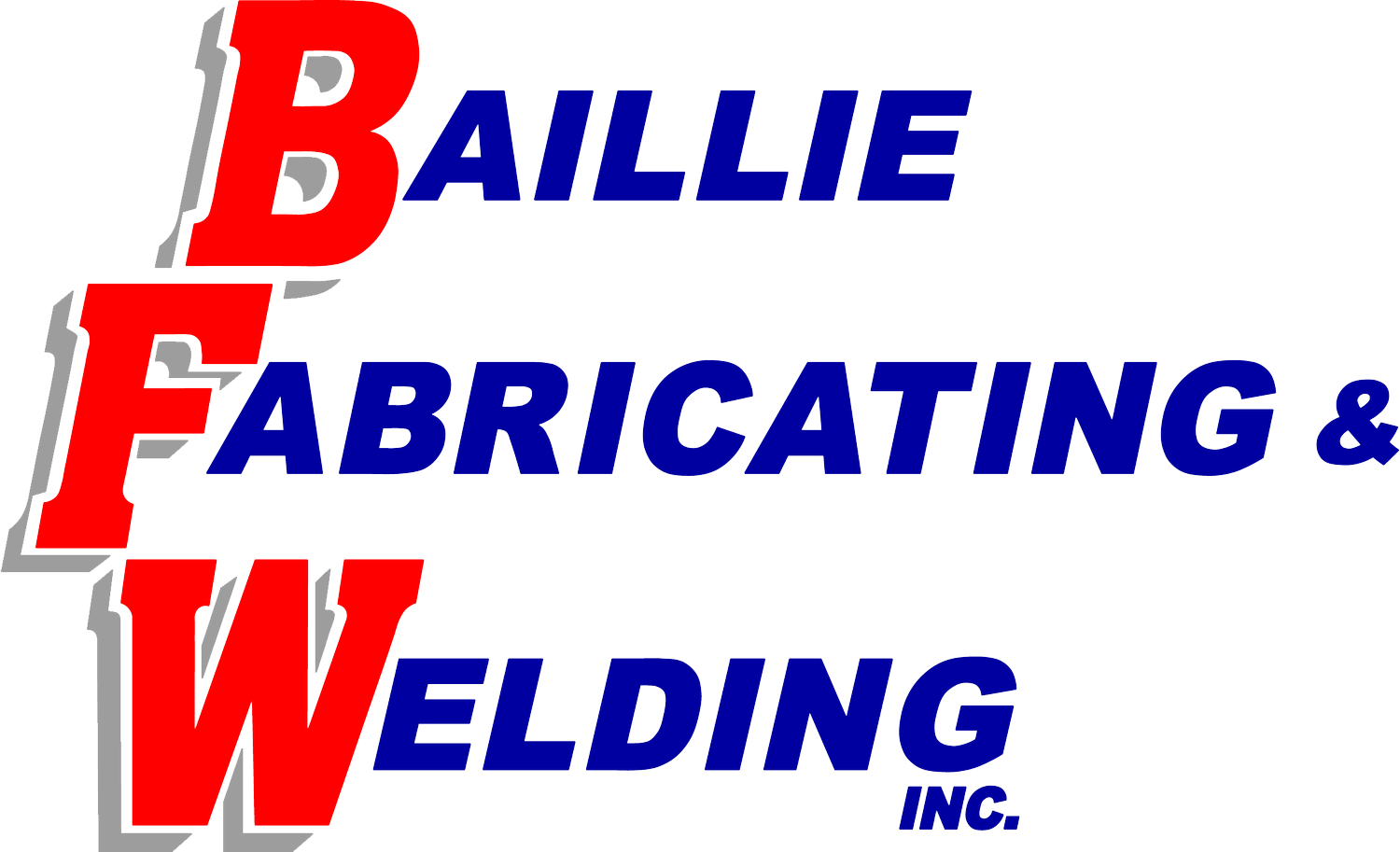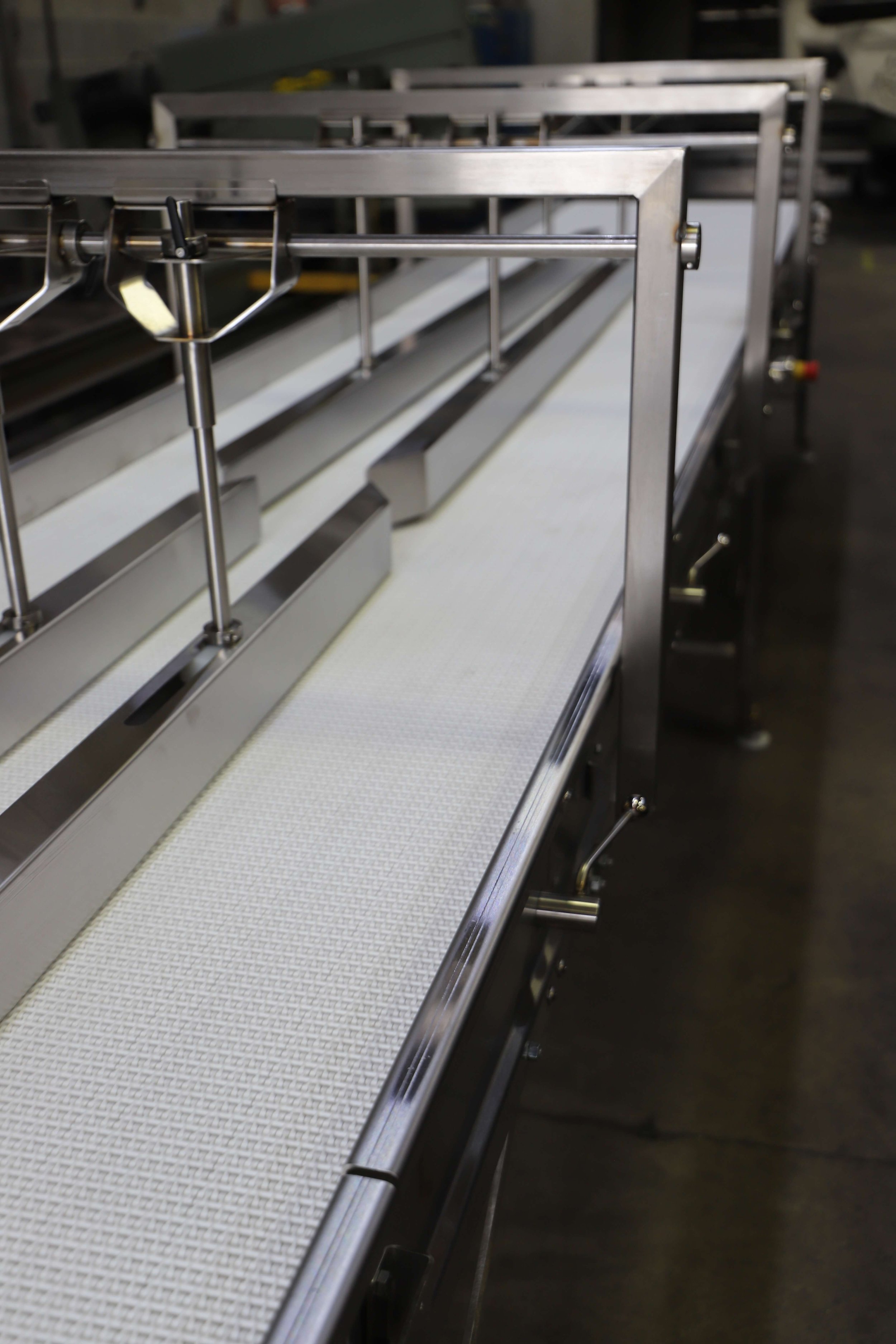Polishing and Graining for Precision Stainless Steel Fabrication
Thinking of using stainless steel for your part? You have many options regarding the material’s finish.
Stainless steel is available in various finishes, and we can perform additional polishing or graining to achieve the desired appearance. Here, we’ll look at the most popular finishes and share how we transform sheet metal into high-quality stainless steel parts.
4 Top Finishes for Stainless Steel Parts
We commonly obtain materials with one of these four standard finishes for precision stainless steel fabrication:
1. Mill finish
Mill finish is the standard finish available for stainless steel plate material. Plate materials are categorized as any material thicker than 3/16 of an inch. This material is a great low cost material generally used for industrial applications such as piping, structural framing, pressure vessels, and products not requiring a smooth reflective finish.
2. 2B finish
When making parts with minimal aesthetic requirements, the 2B mill finish is a great, lower-cost choice over a #4 brushed finish.
To achieve a 2B finish, the stainless steel is cold-rolled, annealed, and acid-cleansed before undergoing light tempering with polished rolls. The resulting flat finish is smooth and moderately reflective, with no grain. This material is considered sheet material which is any stainless steel material commercially available thinner than 3/16 of an inch. This material is great for sheet metal products that need the corrosion resistance of stainless steel without the need for aesthetic finishes.
Can the Baillie Fab team add grain to a 2B-finished part? Absolutely! But because graining a 2B finish is a lengthy process, starting with a #4 finish is likely more cost-effective.
3. #4 finish
You’ve likely seen #4 finishes on kitchen sinks, refrigerators, and backsplashes. The #4 finish creates a directional, lengthwise grain on the stainless steel sheet. The sheet arrives from the mill with a protective film or paper covering the finished side to prevent scratches during fabrication. You’ll find the #4 finish used in pharmaceutical equipment, food equipment, and plumbing applications.
To request this stainless steel option, include a callout for a #4 finish or its 180-grit sandpaper equivalent.
4. #8 finish
Picture Chicago’s famous Cloud Gate sculpture—the one that looks like an enormous silver bean—and you’ll know what to expect from a #8 finish!
Though it’s technically a grain finish, #8 is known as a “mirror finish” due to its high reflectivity. It’s frequently found in architectural and design projects. This finish is very susceptible to scratching, and requires polishing with polishing compounds. Along with architectural projects, it is used in precision stainless steel fabrication for many pharmaceutical and food industry customers who value the finish’s lack of grooves or burrs where bacteria could grow. This finish is the most expensive option in stainless steel materials.
To request this stainless steel option, include a callout for a #8 finish or its 600-grit sandpaper equivalent.
Polishing and Graining after Precision Stainless Steel Fabrication
Even when you select the ideal finish for your stainless steel, additional polishing and graining may be necessary post-fabrication. Metal finishing services like polishing and graining are highly technical and time-intensive, but they’re important for creating a high-quality finish on completed stainless steel parts.
Here are a few of the considerations we take into account when determining a part’s polishing and graining needs.
Welding considerations
If your part requires welding, we’ll match the grain direction and polish to create a seamless finish along all sides of the finished part. However, you should know that polishing and graining take longer than welding—sometimes as much as 4x longer—especially when finishing internal fillet welds.
We also frequently weld corners closed on bent parts with a #4 finish, after which we’ll regrain the corners to blend neatly with the rest of the material. Though this process can extend lead times, the final product always looks terrific.
Mitering considerations
One customer’s assembly involved square tubes with mitered corners welded together like the sides of a picture frame. To make this product aesthetically pleasing, the customer requested that we polish over the welds and then regrain the assembly pieces in alignment with the corner mitering.
This may sound impossible, but Baillie Fab uses a protective tape that allows us to regrain mitered corners and recapture the design appeal of the original brushwork. As you’d expect, this finishing process is neither fast nor cheap, but when aesthetics truly matter, it’s well worth the investment.
Polishing considerations
For projects with sanitary requirements, such as pharmaceutical-grade parts, we use variety of polishing tools and equipment to create the finish required. Our expert team can even polish internal fillet welds, though this process is typically highly labor-intensive.
To ensure your part receives the correct type and level of finishing, include your industry requirements as a callout on your 2D CAD drawing!
Regraining considerations
We’re equipped to regrain stainless steel workpieces in-house as long as the material width along the grain direction is narrower than our 36” wide belt sander.
Our large stroke sander allows us to finish welds, blend corners, and create smooth linear lined finishes on completed products such as cabinets used in pharmaceutical applications. It has a working envelope capable of handling a part 36” x 80 “ x 27”.
Callout considerations
Though it’s last on our list, this final recommendation is far from the least important!
Every 2D CAD drawing should include these critical callouts:
Finish side. Call out which side of your part should be the finished side! If we don’t know which side will be customer-facing, we could inadvertently laser-cut the material upside down or bend the material backward.
Double-sided finishing. Add a callout if you want both sides of your material finished—and to what degree. For example, we can regrain your material to look the same on both sides, or we can lightly polish the unfinished side.
Grain direction. Call out the desired direction of your material’s grain. As with the finish side, knowing your required grain direction will ensure we cut and form your part with the proper orientation.
Make Baillie Fab Your Sheet Metal Fabrication Partner
From one-off parts to sub-assemblies to finished products, Baillie Fabricating & Welding specializes in precision stainless steel fabrication for food and pharmaceutical processing and packaging machinery.
Already have a 3D model of your part or assembly? Upload it to our secure online portal for a no-obligation quote!

